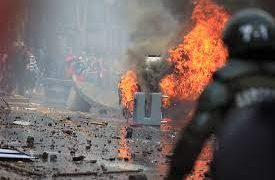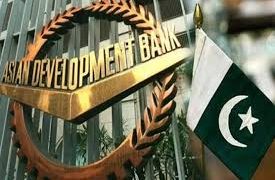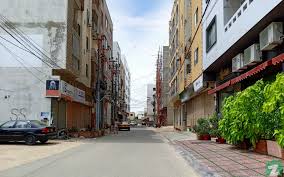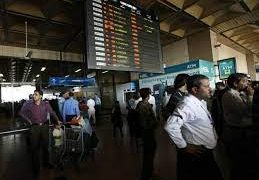People of France are celebrating the day of the storming the Bastille, it is the national day of France, called Prise de la Bastille in french. The day is celebrated in the memory of the french revolution.
France was supporting the American revolution during the reign of Louis XVI, this led country towards economic crisis and exacerbated by a regressive system of taxation. On 5 May 1789, the Estates-General of 1789 convened to deal with this issue but were held back by archaic protocols and the conservatism of the second estate: representing the nobility who made up less than 2% of France’s population.
On 17 June 1789, the third estate, with its representatives drawn from the commoners, reconstituted themselves as the National Assembly, a body whose purpose was the creation of a French constitution. The king initially opposed this development, but was forced to acknowledge the authority of the assembly, which renamed itself the National Constituent Assembly on 9 July.
Armed forces were ordered to dismiss the assembly but they refused to do so, ultimately the King asked foreign forces to dismiss the assembly.
France was moving quickly toward revolution. Bernard-René Jordan de Launay, the military governor of the Bastille, feared that his fortress would be a target for the revolutionaries and so requested reinforcements. On July 12, royal authorities transferred 250 barrels of gunpowder to the Bastille, and Launay brought his men into the massive fortress and raised its two drawbridges.
On 17 June 1789, the third estate, with its representatives drawn from the commoners, reconstituted themselves as the National Assembly, a body whose purpose was the creation of a French constitution. The king initially opposed this development, but was forced to acknowledge the authority of the assembly, which renamed itself the National Constituent Assembly on 9 July.
At dawn on July 14, a great crowd armed with muskets, swords, and various makeshift weapons began to gather around the Bastille. Launay’s men were able to hold the mob back, but as more and more Parisians were converging on the Bastille, Launay raised a white flag of surrender over the fortress. Launay and his men were taken into custody, the Bastille’s gunpowder and cannons were seized, and the seven prisoners were freed. Upon arriving at the Hotel de Ville, where Launay was to be arrested and tried by a revolutionary council, he was instead pulled away by a mob and murdered.
The capture of the Bastille symbolized the end of the ancient regime and provided the French revolutionary cause with an irresistible momentum. In 1792, the monarchy was abolished and Louis and his wife Marie-Antoinette were sent to the guillotine for treason in 1793.
The rule of the directory was begun, which was later called a reign of terror, as the directory sent more than 40 thousand people to the sent to the guillotine.
France later declared this historic event as the beginning of the revolution and held a parade every year, although it will take almost sixty years to finalize the revolution in three stages.



















































